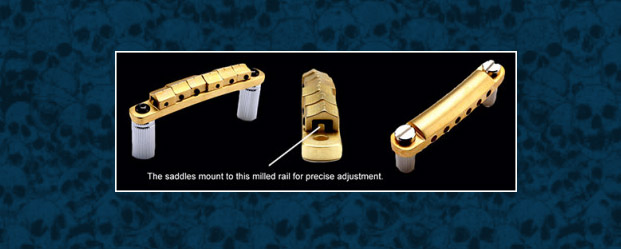
Gibson Les Paul Brass Bridge and Tailpiece Replacement
Solid Brass Bridge and Tailpiece
An investment in Tone!
 This is not meant as a tutorial OR “how to” on Les Paul Bridge Replacement, lots of those on the net. This article is more about the sonic benefits of replacing the factory setup with something better. After dealing with some minor issues with the factory hardware, and countless searches on the net, I opted to install the solid milled brass bridge and tailpiece from Guitar Fetish. There are several unique features that made this set up worth checking out. To begin with, each piece is milled from a solid block of brass. The saddles on the bridge are mounted on a solid rail by set screws front and back on each saddle and are designed for precise intonation adjustment. It’s milled with a slight arch to match the radius of the fretboard. This unit also uses a direct solid mounting system which bolts it directly to the body which equates to a huge increase in sustain.
This is not meant as a tutorial OR “how to” on Les Paul Bridge Replacement, lots of those on the net. This article is more about the sonic benefits of replacing the factory setup with something better. After dealing with some minor issues with the factory hardware, and countless searches on the net, I opted to install the solid milled brass bridge and tailpiece from Guitar Fetish. There are several unique features that made this set up worth checking out. To begin with, each piece is milled from a solid block of brass. The saddles on the bridge are mounted on a solid rail by set screws front and back on each saddle and are designed for precise intonation adjustment. It’s milled with a slight arch to match the radius of the fretboard. This unit also uses a direct solid mounting system which bolts it directly to the body which equates to a huge increase in sustain.
The stopbar tailpiece is also quite unique in several ways. First it also bolts directly to the body, no floating mount. But the most unique feature is the slight bow making the A-D-G- and B stings just a fraction longer with the high and low E strings anchored at normal length. I don’t quite understand the theory behind this, but it definitely makes chords resonate more and I believe it makes intonation more accurate as well. A major side benefit is that it eliminated having to raise the stopbar tailpiece high enough to keep the strings from contacting the back side of the bridge, which caused all kinds of issues especially with sustain. When you break it all down, the overall design is kind-of a no-brainer. As few moving parts as possible, mill the whole thing from solid brass and bolt everything tight to the body. It just works
 I run my Gibson Les Paul Studio through a Jet City JCA20H with just a Voodoo Labs Sparkle Drive, an MXR Custom Badass Modified O.D. and a Biyang Tri-Reverb and I can pull any sound I could ever want out of her. Like I said, I had issues with raising the tailpiece but this mod corrected the problem and the sustain is off the hook!
I run my Gibson Les Paul Studio through a Jet City JCA20H with just a Voodoo Labs Sparkle Drive, an MXR Custom Badass Modified O.D. and a Biyang Tri-Reverb and I can pull any sound I could ever want out of her. Like I said, I had issues with raising the tailpiece but this mod corrected the problem and the sustain is off the hook!
Since I have had this modification on the guitar for well over a year now I suppose I can make an honest assessment, and the best way I know to do that is to say this: If I went out and dropped $7000 on a Gibson Custom Shop reissue of a 59′ Burst today, by tonight my order for another bridge and stop tailpiece set would already be confirmed. That’s how much of an improvement this unit makes. The guys at Guitar Fetish really knocked one out of the park with this one.
Russ
Dean Soltero, Dean Leslie West Signature Models (4 of them) Hamer Studio, Gibson Les Paul, Epiphone Les Paul (Korean), Ovation Celebrity, Gibson Hummingbird, Blackstar HT-1R, Jet City JCA20H, Laney Cub 12R, Orange OR-15 and a lot of dirt pedals, some store bought some homegrown.
Recently Added
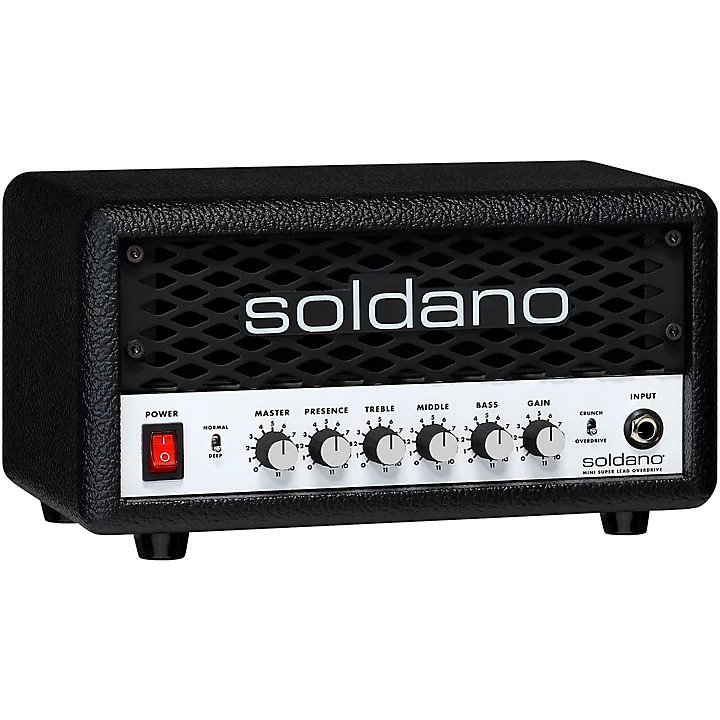 Soldano SLO Mini 30 Watt Killer AmpIn All Posts, Amps, ReviewsI have never gotten excited about ANY solid state amp. […]
Soldano SLO Mini 30 Watt Killer AmpIn All Posts, Amps, ReviewsI have never gotten excited about ANY solid state amp. […] Leslie West Mountain of Tone PickupIn All Posts, Guitars, ReviewsWhen it comes to electric guitars, it’s common […]
Leslie West Mountain of Tone PickupIn All Posts, Guitars, ReviewsWhen it comes to electric guitars, it’s common […]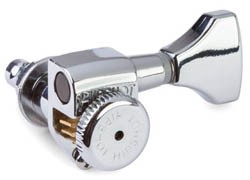 the BEST Guitar Tuners EverIn All Posts, DIY Mods, Repairs, ReviewsOver the past 20 yrs. it’s safe to say […]
the BEST Guitar Tuners EverIn All Posts, DIY Mods, Repairs, ReviewsOver the past 20 yrs. it’s safe to say […]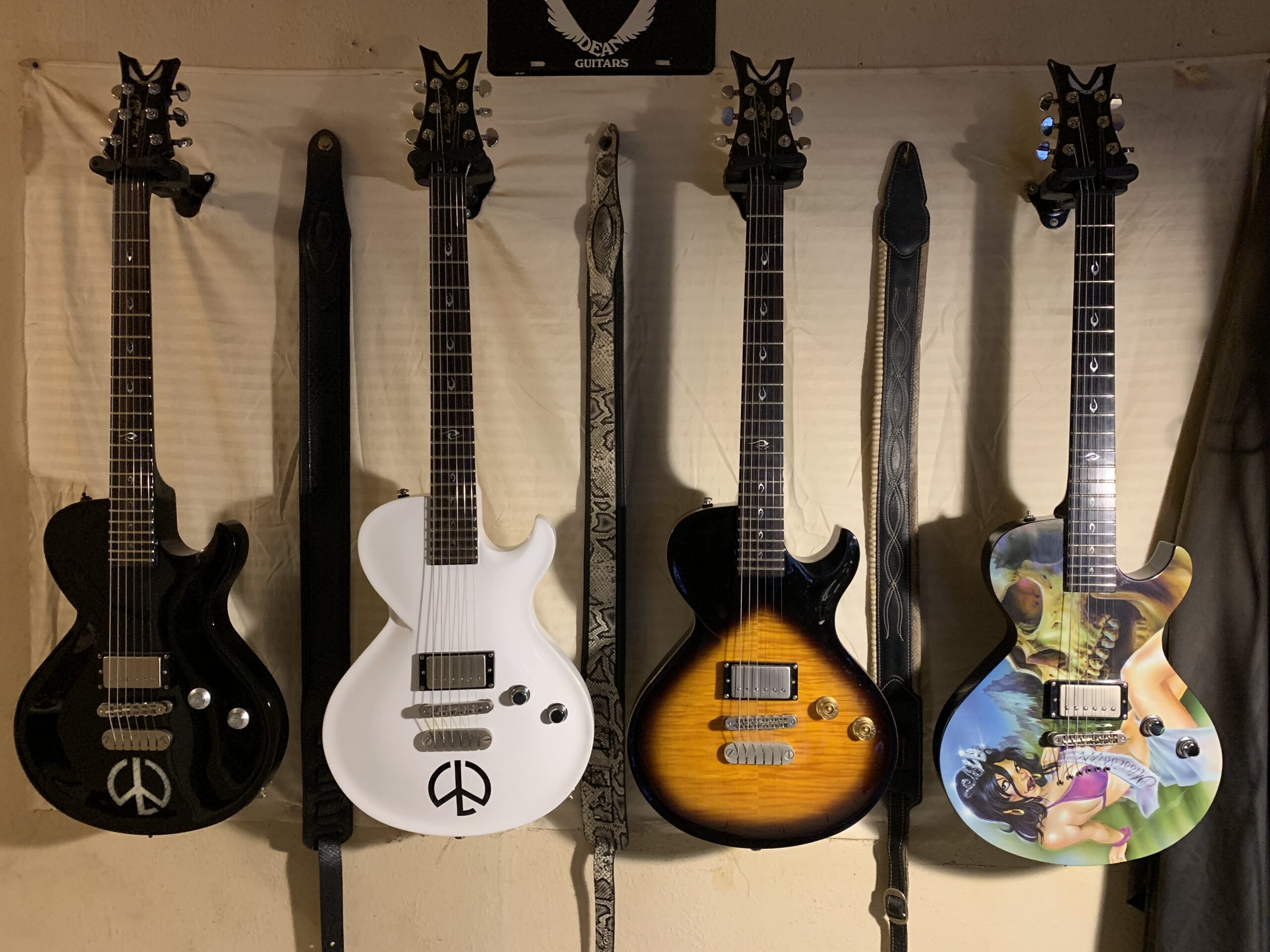 Dean Leslie West Signature ModelIn All Posts, Featured, Guitars, News, ReviewsLeslie West gained fame the world over during his […]
Dean Leslie West Signature ModelIn All Posts, Featured, Guitars, News, ReviewsLeslie West gained fame the world over during his […]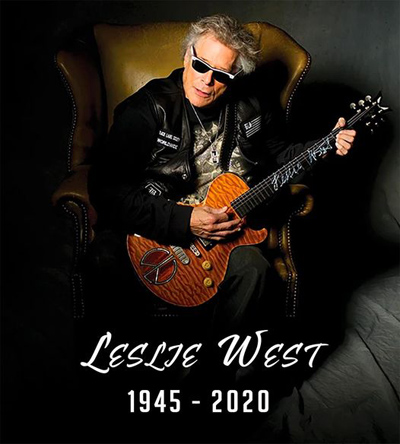 Tributes to Leslie WestIn All Posts, Featured, NewsI’ve been playing guitar since […]
Tributes to Leslie WestIn All Posts, Featured, NewsI’ve been playing guitar since […]


